Philippe Dubois978-0-471-74045-2, 978-0-471-79276-5, 978-3-527-31014-2, 978-3-527-31446-1
Table of contents :
Handbook of Ring-Opening Polymerization……Page 2
Contents……Page 8
Preface……Page 16
List of Contributors……Page 18
1.1 Introduction……Page 22
1.2.1 Equilibrium Monomer Concentration: Ceiling/Floor Temperatures……Page 24
1.2.2.1 Polymerization in Heterogeneous Systems……Page 32
1.2.2.3 Thermodynamics of Oligomerization……Page 33
1.2.3 Thermodynamics of Macrocyclization……Page 36
1.2.4 Equilibrium Copolymerization……Page 39
1.2.5 Molar Mass Distribution in the Equilibrium Polymerization……Page 42
1.3.1 Thermodynamic and Kinetic Polymerizability……Page 44
1.3.2 Kinetics of Living Polymerization……Page 46
1.3.2.1 Kinetic Criteria of Living Polymerization……Page 47
1.3.2.2 Active Center Interconversions and the Determination of Absolute Rate Constants……Page 49
1.3.2.3 Departure from Livingness: Kinetics of Selected Side Reactions……Page 60
1.3.2.4 Kinetics of Copolymerization……Page 65
References……Page 66
2.2.1 General Mechanism……Page 74
2.2.2 Activated Monomer Mechanism……Page 76
2.3.1 General Mechanism……Page 77
2.3.2 Activated Monomer Mechanism……Page 78
2.3.3 Isomerization Polymerization……Page 79
2.4 Radical Ring-Opening Polymerization……Page 81
References……Page 83
3.1 Introduction……Page 86
3.2.1.1 General Considerations……Page 87
3.2.1.2 Recent Advances……Page 89
3.2.2.1 General Considerations……Page 91
3.2.2.2 Recent Advances……Page 92
3.2.3.1 General Considerations……Page 94
3.2.3.2 Recent Advances……Page 96
3.3 Functional Silicones……Page 97
3.3.1.1 Homopolymerization of Symmetrical Cyclosiloxanes……Page 98
3.3.1.2 Homopolymerization of Asymmetrical Cyclosiloxanes……Page 100
3.3.1.3 Copolymerization……Page 101
3.3.2.1 Homopolymerization of Symmetrical Cyclosiloxanes……Page 104
3.3.3 Emulsion Polymerization……Page 105
3.4 Polycarbosiloxanes……Page 106
3.4.1 Five-Atom Rings……Page 108
3.4.2 Larger Cyclocarbosiloxanes……Page 109
3.5 Summary and Prospects……Page 110
References……Page 111
4.1 Introduction……Page 118
4.2 Mechanism and Methods in Ring-Opening Polymerization (ROP) of Halogenated Cyclotriphosphazenes……Page 119
4.3 Ring-Opening Polymerization and Chemistry of Nonhalogenated Phosphazene Rings……Page 128
4.4.1 Thiophosphazenes……Page 134
4.4.2 Thionylphosphazenes……Page 136
4.5 Summary and Prospects……Page 140
References……Page 141
5.2 Polydepsipeptides……Page 144
5.3 Monomers……Page 145
5.4 Ring-Opening Polymerization……Page 147
5.5 Enzymatic Polymerization……Page 151
5.6 Ring Expansion……Page 152
5.7 Polyureas……Page 154
5.8 Polyurethanes……Page 156
5.9 Summary and Prospects……Page 158
References……Page 159
6.2 Polyethers……Page 162
6.2.2 Poly(oxetane)……Page 163
6.2.3 Poly(tetrahydrofuran)……Page 165
6.3 Polyoxazolines……Page 172
Acknowledgments……Page 181
References……Page 182
7.1 Introduction……Page 186
7.2 Mechanism of the Anionic Polymerization of Lactams……Page 188
7.3 Initiators for the Anionic Polymerization of Lactams……Page 193
7.4 Activators for Anionic Polymerization of Lactams……Page 197
7.4.2 N-Carbamoyllactams……Page 198
7.4.3 Special Activators……Page 200
7.5 Nonactivated Polymerization……Page 202
7.6 Cyclic Oligomers of ε-Caprolactam……Page 203
7.7 Block Copolymers of Lactams……Page 204
7.8 Anionic Copolymerization of ε-Caprolactam with ω-Laurolactam……Page 206
7.9 Copolymerization of Lactams with Lactones (ε-Caprolactone)……Page 207
7.10 Powdered Polyamide……Page 209
7.12 Anionic Polymerization of 2-Pyrrolidone……Page 210
7.13 Summary and Prospects……Page 212
References……Page 213
8.2 Introduction to Ring-Opening Metathesis Polymerization (ROMP)……Page 218
8.3.1 Schrock-Type Initiators……Page 220
8.3.2 Grubbs-Type Initiators……Page 221
8.4 ‘Living’ ROMP……Page 225
8.4.1 ROMP with Schrock Initiators……Page 226
8.4.2 ROMP with Grubbs-Type Initiators……Page 228
8.5.1 Novel Catalysts for ROMP……Page 230
8.5.2 ROMP of High and Low Ring-Strain Monomers……Page 231
8.5.4 Mechanistic Investigations……Page 233
8.5.5 Alternating Copolymerizations……Page 235
8.5.7 Materials Science……Page 236
8.5.8 ROMP in Water and in Ionic Liquids……Page 238
8.5.9 Computational Studies……Page 239
References……Page 240
9.1 Introduction……Page 248
9.2 β-Lactones Preparation……Page 249
9.3.1 Anionic Processes……Page 251
9.3.2 Carbocationic Process……Page 259
9.4 Coordination Process……Page 260
9.5 Carbene-Based Polymerization……Page 264
9.6 Enzymatic Polymerization……Page 269
9.7.1 Anionic Ring-Opening Polymerization of Benzyl β-Malolactonate……Page 270
References……Page 271
10.1 Introduction……Page 276
10.2 General Concepts and ROP Promoted by Metallic Catalysts/Initiators……Page 277
10.2.1 O-Donor Ligands……Page 279
10.2.2 N-Donor Ligands……Page 280
10.2.3 N,O-Donor Ligands……Page 282
10.3.1.1 Nucleophilic/Basic Catalysts……Page 283
10.3.1.3 Bifunctional Catalysts……Page 287
10.3.2 Stereocontrolled ROP……Page 289
10.3.2.1 rac-Lactide……Page 291
10.3.2.2 meso-Lactide……Page 293
10.4.1 ‘Modified’ PLGAs: Alternative Monomers to Lactide and Glycolide……Page 294
10.4.2.1 Linear Block Copolymers……Page 297
10.4.2.2 Grafted Block Copolymers……Page 298
10.5 Applications……Page 299
10.6 Summary and Prospects……Page 301
References……Page 302
11.1 Introduction……Page 308
11.2 Controlled Synthesis of Linear Polyesters……Page 310
11.2.1 Nonenzymatic Methods of Polymerization……Page 311
11.2.2 Enzymatic Methods of Polymerization……Page 314
11.2.2.1 The Mechanism of Enzyme-Catalyzed ROP……Page 317
11.2.3 Copolyesters……Page 318
11.2.4 Functionalized Polyesters……Page 319
11.2.5 Chemospecific Polymerization……Page 320
11.3 Physical Properties of Polymers……Page 321
11.4 Summary and Prospects……Page 322
References……Page 323
12.1 Introduction……Page 328
12.2 Polymerization of Cyclic Carbonates: Homopolymers and Block Copolymers……Page 329
12.2.1.1 Alkali Metal-Based and Metal-Free Initiators……Page 330
12.2.2 Chain Propagation……Page 332
12.2.2.1 Alkali Metal Alcoholate and Phenolate Active Sites……Page 333
12.2.2.2 Metal-Free Active Sites: Site Transformation from Group Transfer……Page 334
12.2.2.3 Magnesium, Aluminum and Zinc Alcoholate Active Sites……Page 335
12.2.3 Monomers and Homopolymers……Page 336
12.2.4 Block Copolymers Comprising a Polycarbonate Block……Page 341
12.2.5 Copolymerization of Cyclic Carbonates with Lactones……Page 342
References……Page 345
13.1 Introduction……Page 350
13.2 General Overview and Thermodynamic Requirements……Page 351
13.3 Structure–Reactivity Relationships Based on a Comprehensive Survey of the Current Literature……Page 353
13.3.1.1 Cyclopropane Rings……Page 370
13.3.1.2 Cyclobutane Rings……Page 371
13.3.3 Unusual Examples……Page 372
13.4 Summary and Prospects……Page 373
References……Page 374
14.2.1 Tertiary Amines and Phosphines……Page 378
14.2.2 N-Heterocyclic Carbenes……Page 381
14.2.3 Supramolecular Activation……Page 388
14.2.4 Other Nucleophilic ROP Catalysts……Page 392
14.3.1 Cationic……Page 394
14.4 Summary and Prospects……Page 396
References……Page 397
15.1 Introduction……Page 400
15.2 Characteristics of Enzymatic ROP……Page 401
15.3.1.1 Substituted Lactones……Page 404
15.3.2 Lactides/Glycolide/Depsipeptides and Cyclic Diesters……Page 409
15.3.3 Cyclic Carbonates and Cyclic Phosphates……Page 411
15.4.1 Block Copolymers……Page 412
15.4.2 Graft Copolymers……Page 413
15.5 Summary and Prospects……Page 414
References……Page 415
Index……Page 420
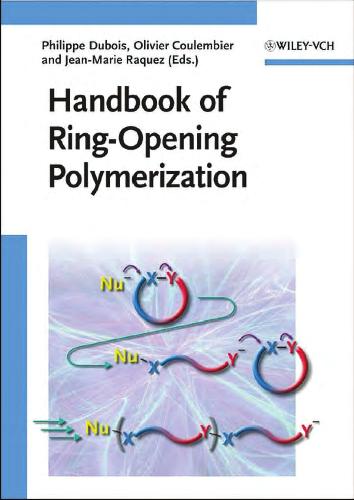
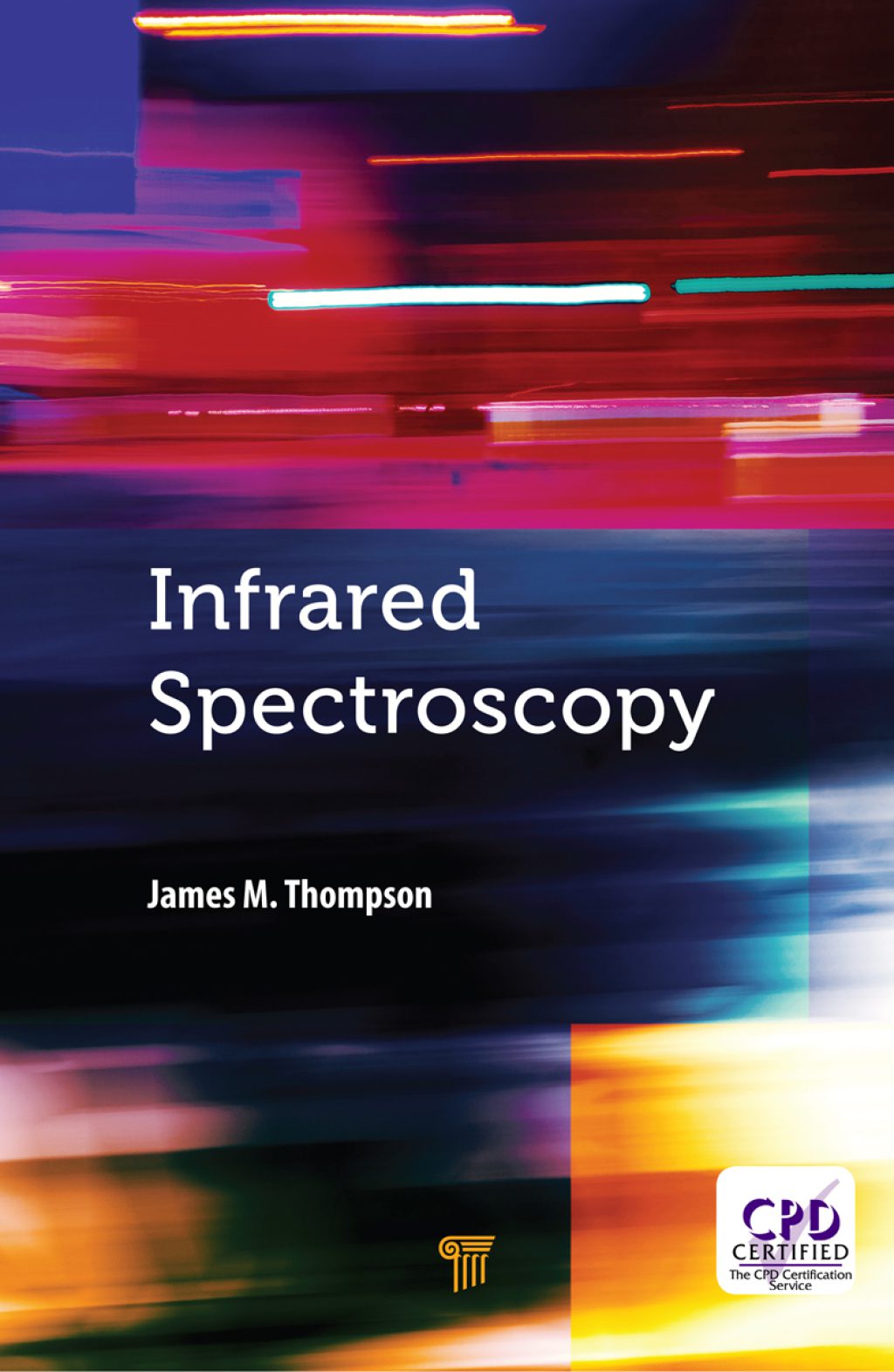
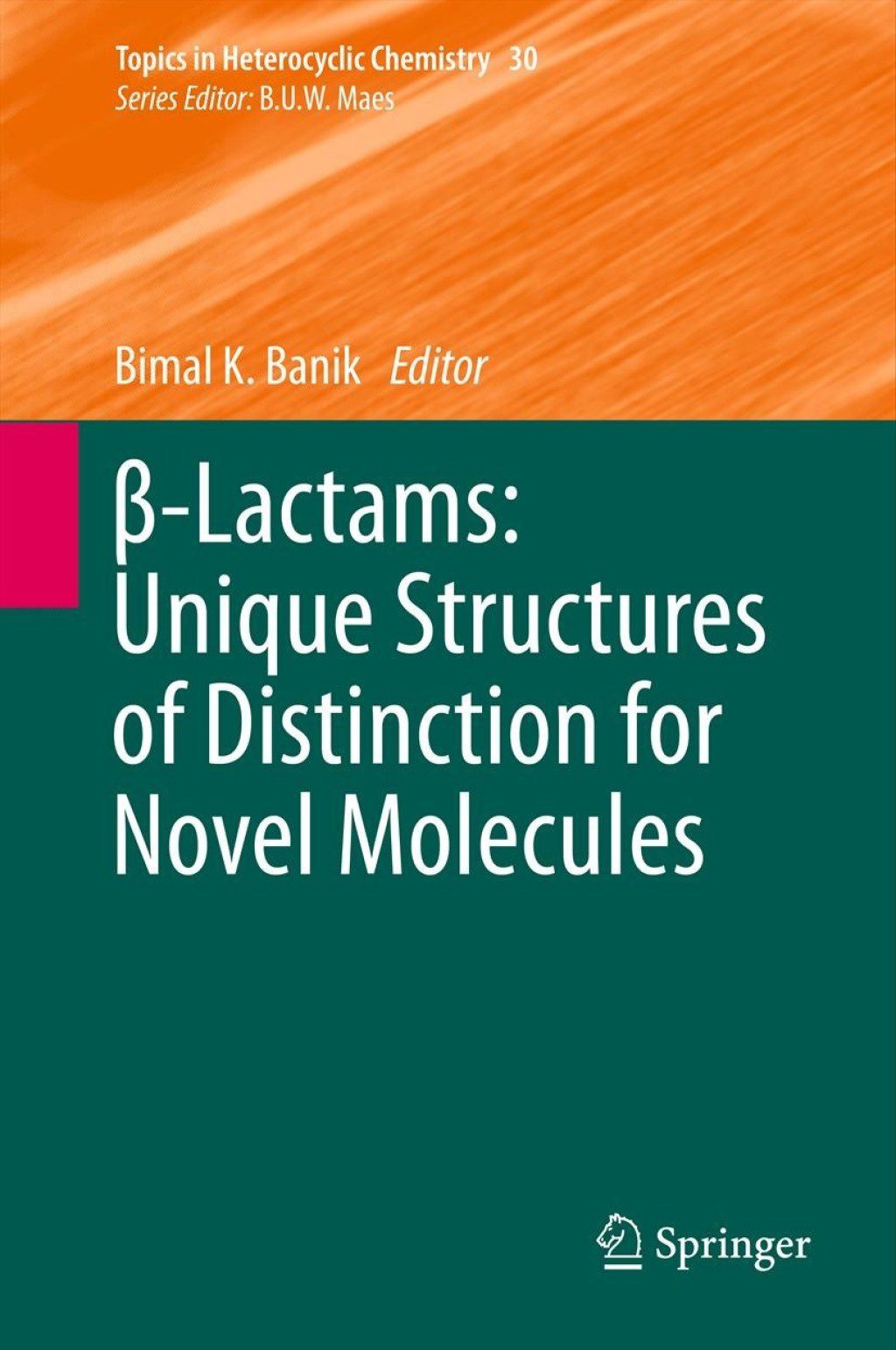
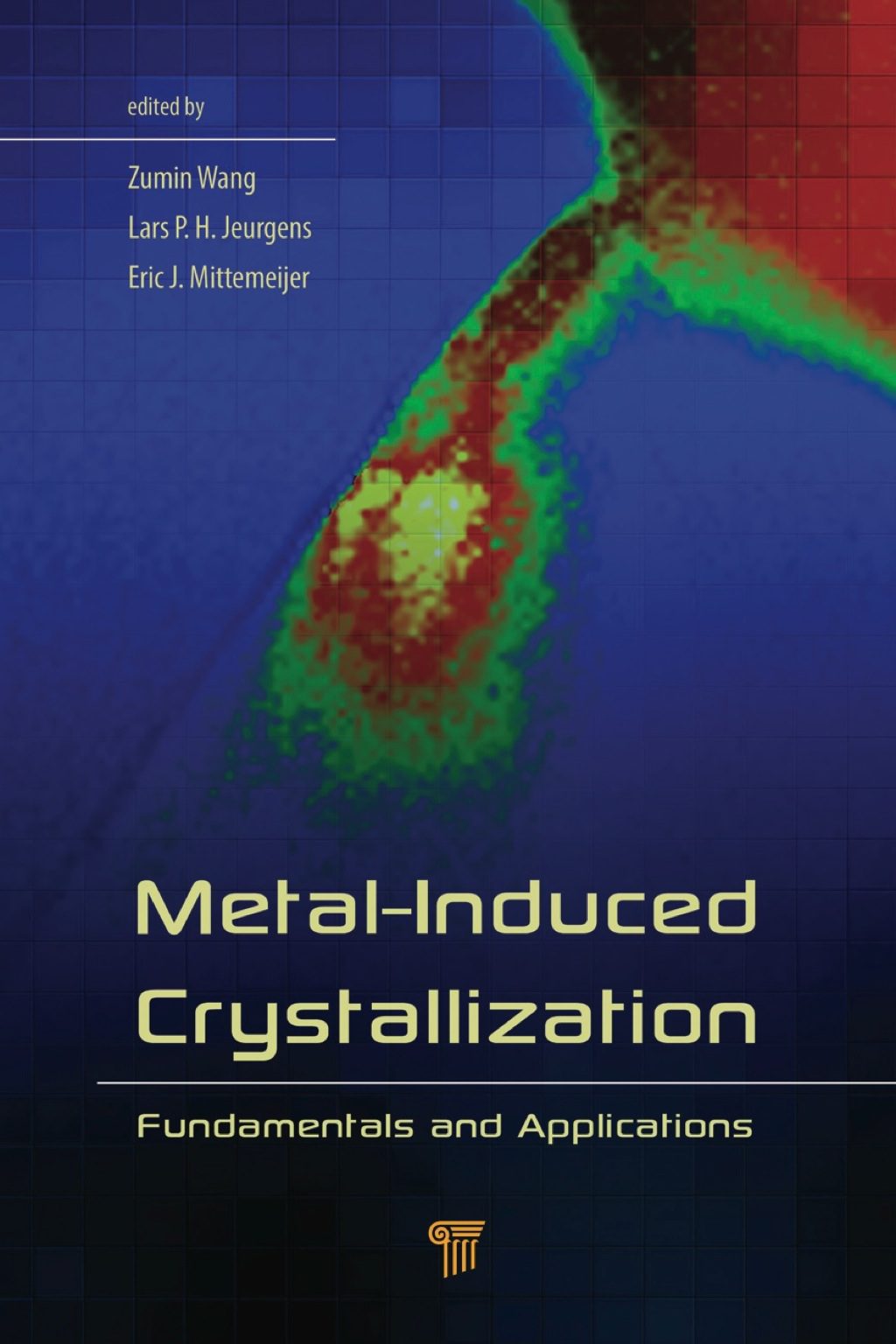
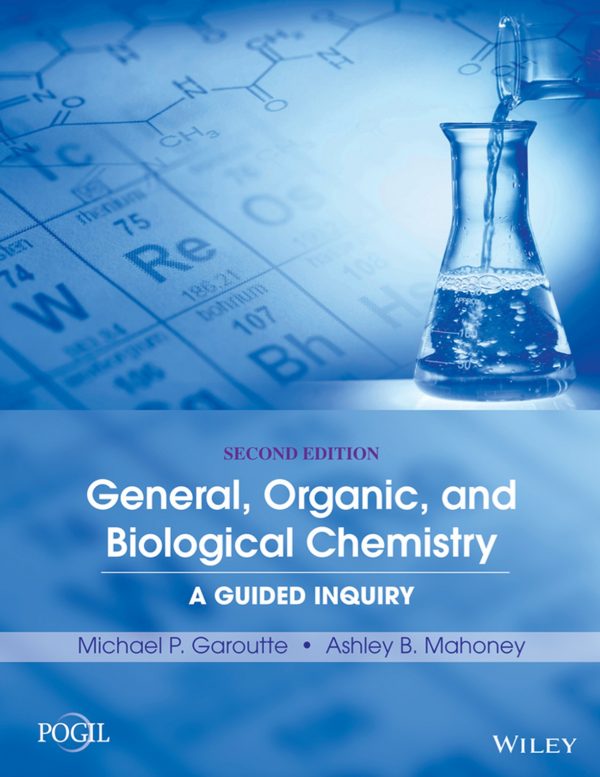
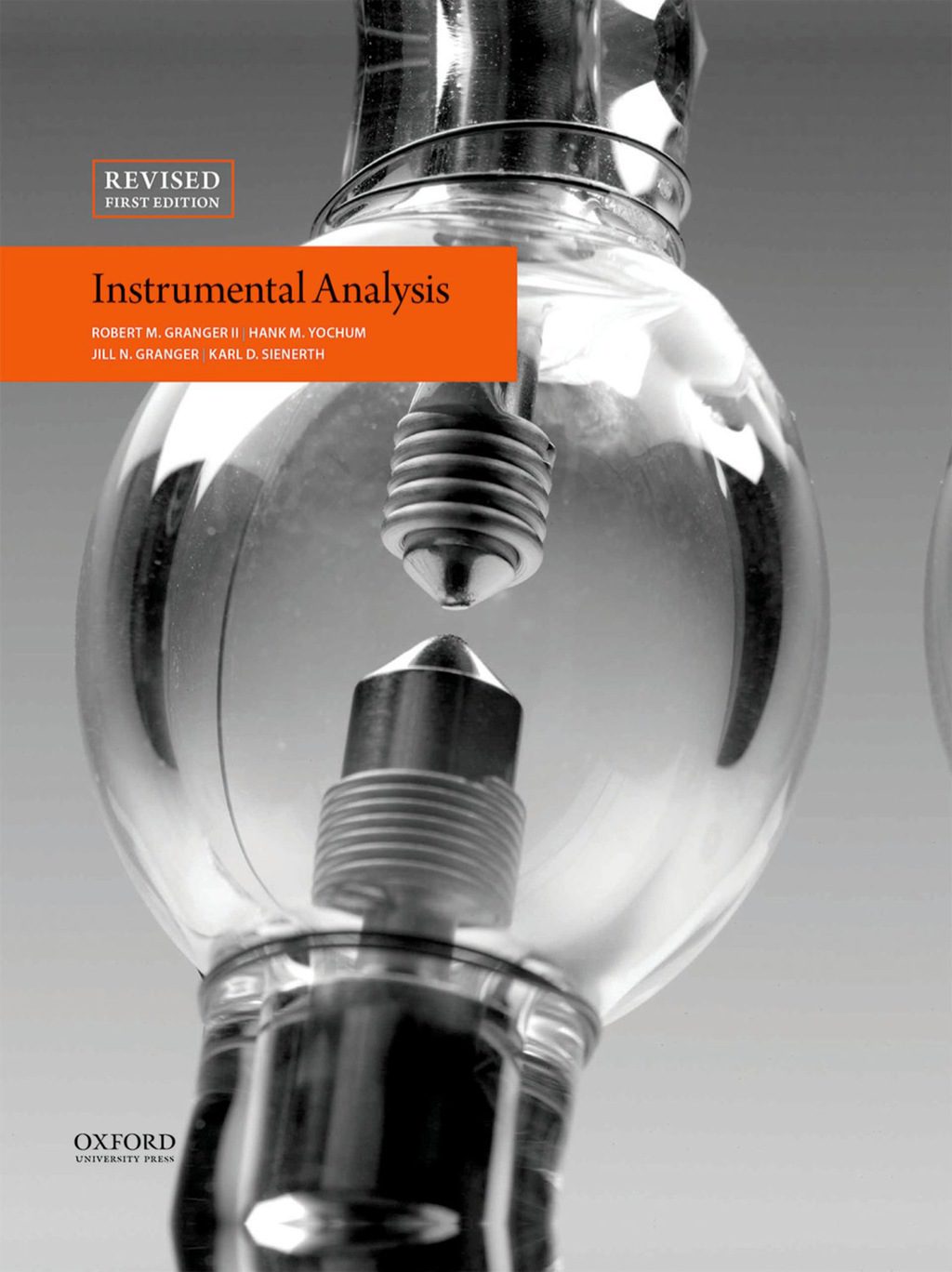

Reviews
There are no reviews yet.